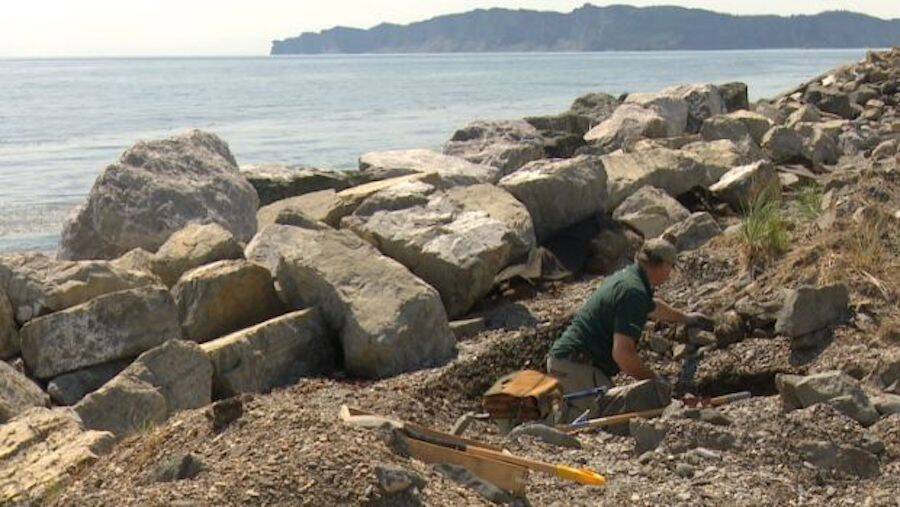Remains Of Irish Famine Victims Wash Ashore 172 Years Later

Radio-CanadaResearchers confirmed the long-held theory that the remains on Cap-des-Rosiers belonged to those who perished in the 1847 Carricks shipwreck.
The bones of three children washed ashore at Canada’s Cap-des-Rosiers beach following a 2011 storm. The remains of 18 others followed in 2016. After rigorous analysis of their bones, researchers in 2019 finally discovered that they belonged to victims of the Irish Famine of 1847.
What’s more, researchers believe that these women and children may have fallen victim to the Carricks shipwreck, which was carrying starving Irish families from County Sligo in Ireland to Canada.
According to Irish Central, British foreign secretary Lord Palmerston had extensive land holdings in Ireland at the time and rather than try to help feed the starving masses, he evicted the poor tenant farmers on his lands and had his agents hire a boat to haul these unfortunate people away to the Americas. This inhumane expulsion was just one of many stories from the Great Famine.
The disease- and starvation-inducing tragedy saw at least 1 million people die between 1845 and 1849, while another million fled the country — both willingly and not.
The lab analysis of the new finds, as well as the very location where the bones were found, also indeed suggested that they were related to the notable Carricks voyage.
The vessel carried 180 emigrants bound for Port of Quebec when it sank near Cap-des-Rosiers on April 28, 1847. Only 48 people survived. The bones had been adrift for 160 years in seawater but they still showed definite signs of malnutrition and a potato-heavy diet.
As Canada’s National Revenue Minister Diane Lebouthillier said, the find was “very significant for Irish families whose ancestors were Carricks passengers.”
“We are very blessed to have been able to analyze [the bones] and extract as much information as we can.”
The bones were buried near the Irish Memorial on Cap-des-Rosiers beach in the summer. The site was constructed in 1900 as tribute to those lost in the sinking and was adorned with a ship’s bell found on the Quebec shore in 1968.





